This article featuring the Philippines’ first fully digital bank Tonik and our thoughts as day-one investors on their impact on the country’s consumer finance landscape was written for the 2022 Philippine Venture Capital Report by Foxmont Capital Partners and BCG, and is now shared in its full first-draft glory. If you would like to read the rest of the report, you can receive it via email here.
Highlights
- In a country where gaps in financial inclusion are largely generational, Tonik’s go-to-market strategy to target this generational shift in digital adoption has long-term impact on the way Filipinos do banking.
- As Southeast Asia markets begin to embrace next-generation and decentralized finance, it will continue to be critical for fintechs to build that trust with local regulators.
- For a tech startup making headway in a market still dominated by decades-old behaviors and players, forward-looking and seasoned industry veterans can prove to be critical in navigating the nuances of localized disruption.
- For emerging markets like the Philippines where accessing equitable loans are a real pain point, there is massive middle-class consumer demand coupled with increasing GDP/capita.
- Tonik has certainly had a good beginning, but there are a lot more needs to be met and opportunities to be tapped into beyond securing consumer deposits and driving adoption of fully digital savings accounts.
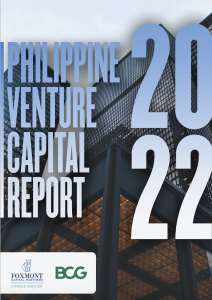 2021 has been a landmark year for Southeast Asia’s fintechs across the board, and digital banking has been no exception. The year prior was marked by multiple companies, both regional tech giants and fintech startups, securing licenses to launch digital banking propositions for both SMEs and consumers, and 2021 has seen the rollout of some of these propositions. As a venture capital firm focused on Southeast Asia, it has been exciting to see these narratives develop in the region’s fintech landscape as they race to meet the demand for payments and financial services that has come with a growing digital population.
2021 has been a landmark year for Southeast Asia’s fintechs across the board, and digital banking has been no exception. The year prior was marked by multiple companies, both regional tech giants and fintech startups, securing licenses to launch digital banking propositions for both SMEs and consumers, and 2021 has seen the rollout of some of these propositions. As a venture capital firm focused on Southeast Asia, it has been exciting to see these narratives develop in the region’s fintech landscape as they race to meet the demand for payments and financial services that has come with a growing digital population.
Among the most significant stories in our fintech portfolio in 2021 has been the region’s first fully digital bank Tonik’s rapid growth from launch in March to securing more than US$100 million in consumer deposits by December and launching its first loan product. We’ve had the privilege of partnering with Tonik early through their first round of funding, doubling down in succeeding rounds including their latest US$131M Series B), working closely with CEO Greg Krasnov and his team from day one and having a front-row seat to their stellar growth in securing consumer deposits.
In that time we’ve picked up on a number of key trends in the Philippines’ rapidly growing internet economy and increasingly venture-backed startup landscape that point to the future, not just of digital banking, but of consumer finance in the country.
(1) The youth is the hope of the (fintech) future
The Philippines’ national hero Jose Rizal is often credited with saying “The youth is the hope of the future”. For consumer fintechs like Tonik, the youth are the key to their future. Even before the pandemic-induced digital adoption boost, serial fintech founder and banking veteran Greg saw the opportunity in delivering the digital banking proposition to a population where the average age is 24 and largely dominated by millennials and Gen-Z more inclined to make the switch to digital with their finances. The digital adoption potential of the Philippines contrasts heavily with the low banking penetration — around two-thirds of the population is unbanked. This clash of realities spelled the obvious answer for Tonik: that the Philippines is a market ripe for digital banking disruption.
Moving forward, a young user base opens up long-term opportunities to develop digital solutions to meet their financial needs as they grow up and go through life. In a country where gaps in financial inclusion are largely generational, targeting this generational shift in digital adoption has long-term impact on the way Filipinos do banking.
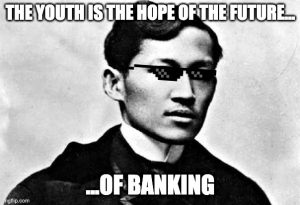
(2) Keep your friends close, and the regulators closer
While Tonik found a market ripe for digital banking, the massive market potential is not the only ingredient for a fintech’s success, especially in a market where the fully digital banking proposition has not yet been implemented. Greg and his leadership team built a strong relationship with the Bangko Sentral ng Pilipinas, enabling them to work in a “regulatory sandbox” through a rural banking license and then secure the digital banking license when it came out.
In our podcast back in mid-2020 with Greg, he mentions that “…the regulators around the region differ hugely. We were very lucky to find them a great partner in BSP — Bangko Sentral ng Pilipinas. The central bank in the Philippines is very active and forward-looking in how they think about digital and how to use digital to solve their massive financial inclusion problem of 70% of Filipinos outside of the banking system, so they’re willing to experiment.”
Licenses are a key moat for fintechs in any market. We’ve seen how local fintechs have leveraged past experience and networks of management to be able to adapt to the regulators’ approach and secure licenses to defend against the market entry of larger regional or even global players. As Southeast Asia markets begin to embrace next-generation and decentralized finance, it will continue to be critical for fintechs to build that trust with local regulators.
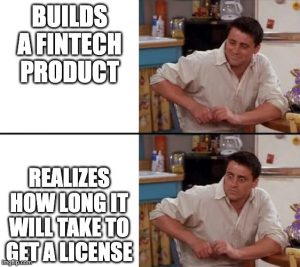
(3) Old dogs can’t learn new tricks, but they can make new tricks work in old markets
This confluence of massive market potential and forward-looking regulation would not be worth much without the experience cognizant and capable of tapping into these opportunities. Greg himself is not your stereotypical poster child startup founder — he came from traditional banking, having grown and sold a consumer bank in Ukraine then built several fintechs in Southeast Asia.
The talent he then brought onto his management team also have similar backgrounds of coming from traditional incumbents in the Philippines but with tech exposure as well. For a tech startup making headway in a market still dominated by decades-old behaviors and players, forward-looking and seasoned industry veterans can prove to be critical in navigating the nuances of localized disruption.
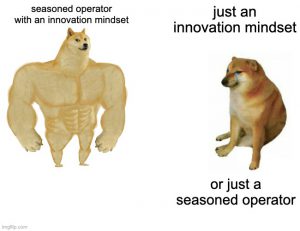
(4) What Nubank and Tonik have in common
On our podcast back in mid-2020, Greg talks about his go-to-market strategy for digital banking in the Philippines, “For me, the most interesting business model is actually an asset-liability model. True monetization for a bank is through loans. And I think the emerging markets opportunity is very, very compelling.” He cites the example of Brazil’s Nubank, which recently went public in December 2021 in one of the largest IPOs of the year.
Although at different points in their growth trajectory, what Nubank and Tonik have in common is that their digital banking proposition revolves around consumer loans. This stands in contrast to the current account proposition which has been predominant among neobanks in Europe. For emerging markets like the Philippines where accessing equitable loans are a real pain point, there is massive middle-class consumer demand coupled with increasing GDP/capita.
This creates both the supply and demand side of the banking proposition, with supply fuelled by savings and demand fuelled by needs for loans. As the transaction behavior of the Philippines becomes more increasingly fast-paced and ecommerce-driven, the demand for consumer loans only strengthens — already in Southeast Asia we’ve seen the emergence of buy-now-pay-later (BNPL) startups — and there is an opportunity here for more fair, accessible, and short-term solutions.
Tonik’s success with accumulating the supply side of the consumer loan proposition means that it is now a matter of meeting the already existing demand for consumer loans with the digital user experience and targeted offerings for their users.
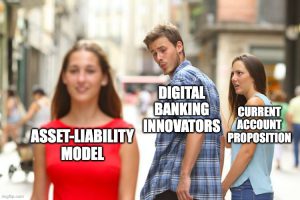
(5) The Future of Digital Banking
A good beginning is half the journey, the adage goes, and Tonik has certainly had a good beginning, but there are a lot more needs to be met and opportunities to be tapped into beyond securing consumer deposits and driving adoption of fully digital savings accounts. All this will be happening in the backdrop of significant developments in the Philippines’ financial services landscape: increasing crypto adoption beyond investing and trading, greater open finance adoption among banks and non-fintech platforms (i.e. every company is a fintech company the saying goes) driven by API platforms, and SME digital banking platforms making headway as SMEs begin to recognize the value of digitalization.
Having invested in Tonik early on and gotten front row seats to its tremendous growth and potential, we continue to be excited as regional investors for the Philippines’ digital banking potential, even beyond the way we see digital banking today. Solving the banking stack is just the first step for fintechs; the impact of next-generation fintechs in Southeast Asia will extend far beyond banking, and we look forward to continuing investing in the best among them.
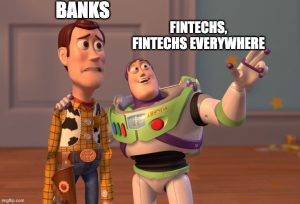
Paulo Joquiño is a writer and content producer for tech companies, and co-author of the book Navigating ASEANnovation. He is currently Editor of Insignia Business Review, the official publication of Insignia Ventures Partners, and senior content strategist for the venture capital firm, where he started right after graduation. As a university student, he took up multiple work opportunities in content and marketing for startups in Asia. These included interning as an associate at G3 Partners, a Seoul-based marketing agency for tech startups, running tech community engagements at coworking space and business community, ASPACE Philippines, and interning at workspace marketplace FlySpaces. He graduated with a BS Management Engineering at Ateneo de Manila University in 2019.